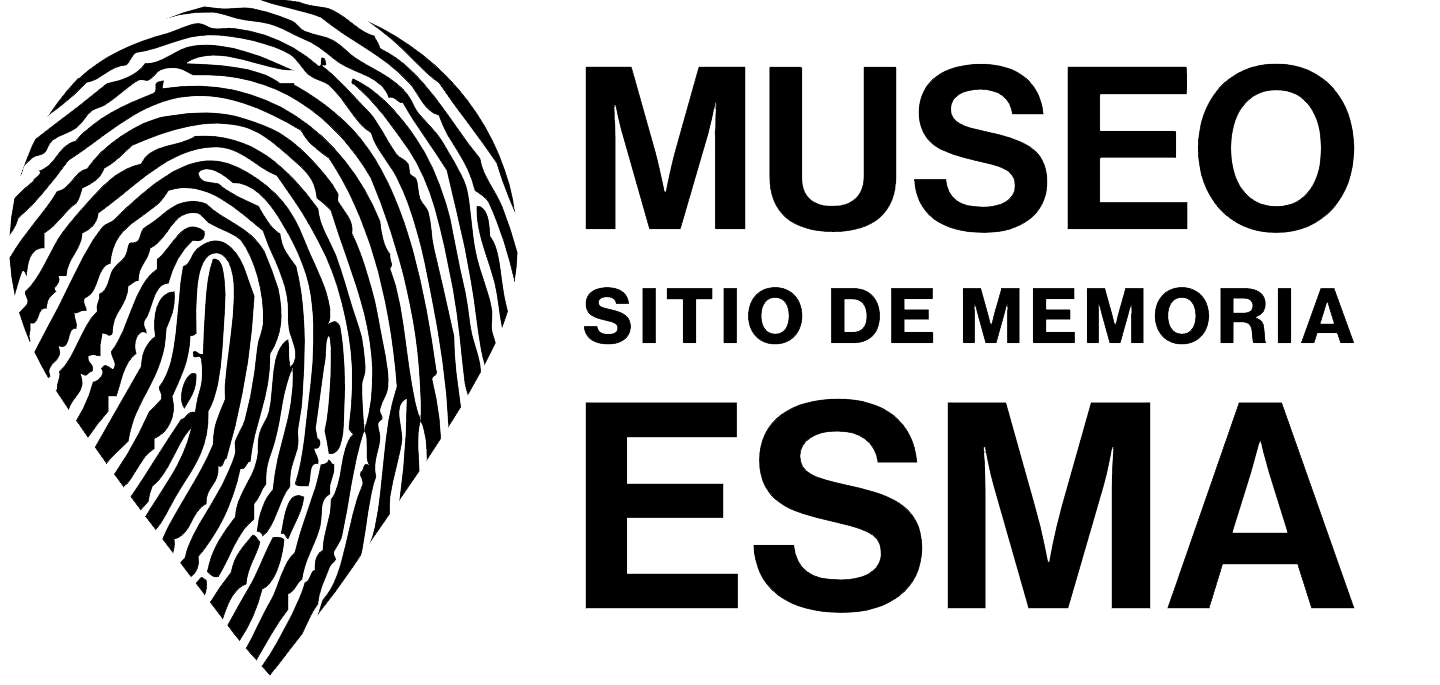The buildings are a document written in time and space. Like any other document, they can spark different interpretations, but buildings do not speak unless they are rigorously and systematically analyzed.
The ESMA Museum and Site of Memory has markings and inscriptions made by the detained-disappeared during the time it operated as a clandestine center.
There are different types of inscriptions on the walls, as well as on both the iron and wood structures in the building. There are markings that were made with unidentified sharp objects, and others with ink or graphite: names, phone numbers, initials, inscriptions of party affiliations, dates, drawings.
All of these markings have a huge historical, heritage and judicial value as evidence in the crimes against humanity. Today, these inscriptions are under rigorous archaeological investigation using different sources of information, such as blueprints, photographs, sketches and declassified documents with testimonies of survivors who were kidnapped and held in this place. This work is done by the Team of Archaeology and Conservation at the National Direction of Sites of Memory under the Secretary of Human Rights.

